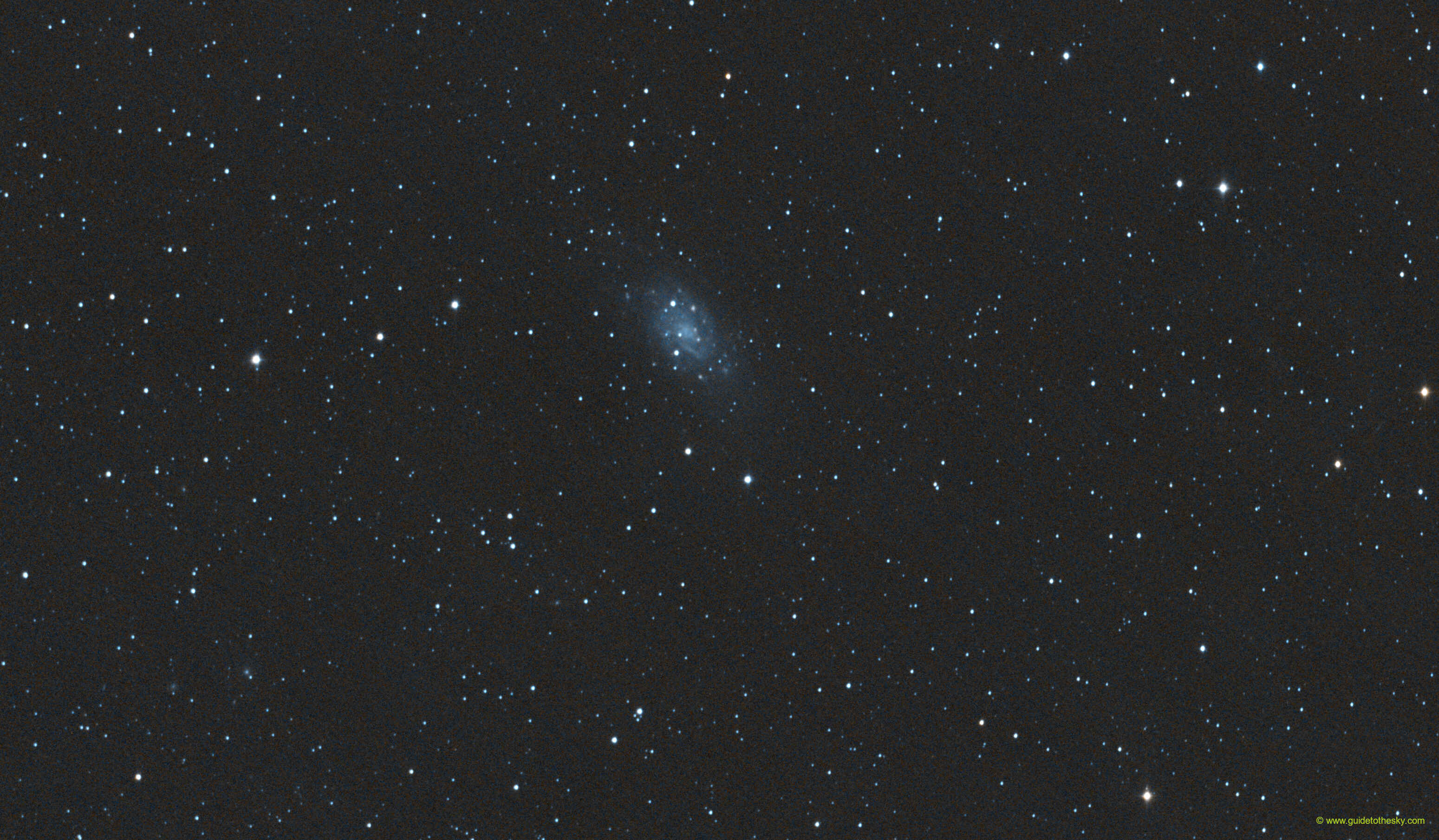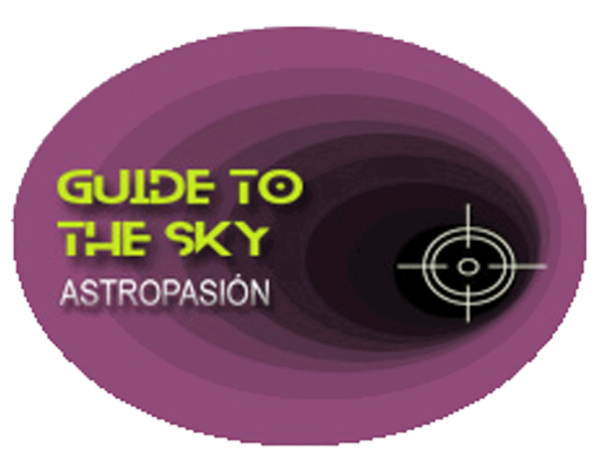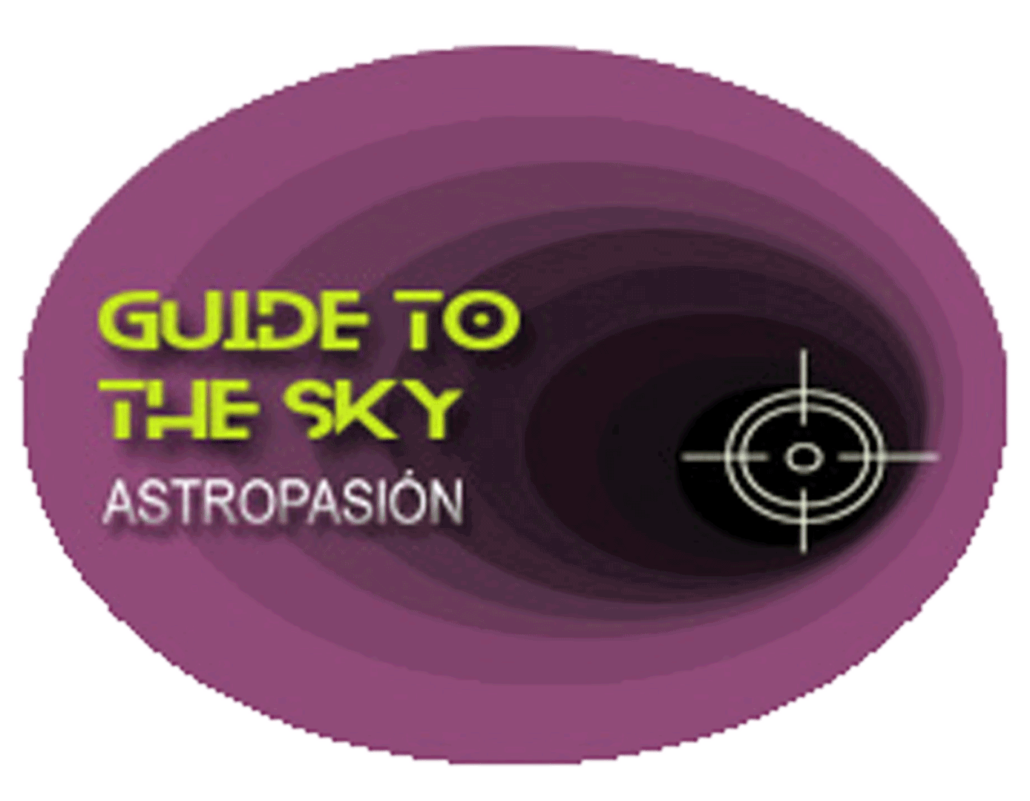NGC 2403 - Camelopardalis

Es una galaxia relativamente cercana, situada a {{ object[0].NGC2403.mesDistances[0].dist }} {{ object[0].NGC2403.mesDistances[0].unit }} de nuestro Sol, brilla con una {{ object[0].NGC2403.visualMagnitude }} de magnitud visual.
Se la considera parte del grupo formado por M81 y M82 que, junto con otras, conforman otro grupo próximo a nuestro grupo local.
Es una de las galaxias donde es más sencillo obtener su forma espiral tipo SAB y está plagada de regiones HII de formación estelar algunas de ellas pueden apreciarse en astrofotografías.
NGC2403 - Galaxia en la Jirafa - en la IA
NGC 2403 is a captivating intermediate spiral galaxy in the constellation Camelopardalis, a relatively nearby galactic neighbor that presents a wealth of fascinating astronomical features. Here's a breakdown of what makes it so interesting:
Key Characteristics:
- Type: Intermediate Spiral Galaxy (SABc) - It's classified as intermediate because it falls between a barred spiral and a non-barred spiral. It has a weak bar structure in its center. The 'Sc' indicates that its spiral arms are loosely wound and contain numerous star-forming regions.
- Distance: Approximately 8 million light-years away. This makes it a relatively close galaxy in cosmic terms, allowing for detailed study.
- Size: About 50,000 light-years in diameter, roughly half the size of the Milky Way.
- Location: Constellation Camelopardalis (the Giraffe) in the Northern Hemisphere. It's visible through telescopes and even large binoculars under dark skies.
- Belongs to: M81 Group. This is a gravitationally bound group of galaxies, which includes the larger and more famous Messier 81 (M81) and Messier 82 (M82). NGC 2403 is one of the brightest and most prominent members of this group.
Why it's interesting:
- Active Star Formation: NGC 2403 is undergoing vigorous star formation, characterized by bright, blue star clusters and extensive HII regions (ionized hydrogen regions). These HII regions are illuminated by the radiation from hot, young stars and appear as pink or red patches in images. This makes it an excellent "laboratory" for studying the processes of star birth and galaxy evolution.
- Proximity: Its relative proximity allows astronomers to observe its structure and components in great detail. This includes individual stars, nebulae, and dust lanes.
- Chemical Abundance: Its chemical composition, particularly its oxygen abundance, is lower than that of the Milky Way, making it similar to other galaxies in the outer reaches of galaxy groups.
- Variable Stars: NGC 2403 contains many variable stars, including Cepheid variables. These are crucial "standard candles" used for measuring cosmic distances, as their pulsation periods are directly related to their intrinsic luminosity.
- Supernova: Supernova SN 2004dj occurred in NGC 2403 in 2004, providing valuable data for studying the end-of-life phases of massive stars.
How to Observe It:
- Equipment: A telescope with an aperture of at least 6 inches is recommended for a decent view. Larger telescopes will reveal more detail.
- Location: Dark skies are essential, away from light pollution.
- What to Look For: You'll see a faint, elongated patch of light. With larger telescopes, you can begin to resolve some of the brighter star-forming regions and hints of its spiral structure.
- Best Time to Observe: The best time to observe NGC 2403 is during the winter and early spring months when Camelopardalis is high in the northern sky.
In summary, NGC 2403 is a beautiful and scientifically valuable spiral galaxy that provides a close-up view of star formation, galactic structure, and the processes of galaxy evolution. Its proximity and abundance of interesting features make it a popular target for both amateur and professional astronomers.
Más información sobre NGC 2403 en NASA/IPAC.
Mapa alrededor de NGC 2403
Otros identificadores de NGC2403:
"Gaia DR3 1089775662767390080" ,"2E 1830" ,"IRAS 07321+6543" ,"IRAS 07320+6543" ,"IRAS F07320+6543" ,"K73 197" ,"LEDA 21396" ,"MCG+11-10-007" ,"NGC 2403" ,"SPB 86" ,"TC 696" ,"UGC 3918" ,"Z 0732.0+6543" ,"Z 309-40" ,"Z 310-3" ,"[DRM99] 5-17" ,"[VDD93] 65" ,"2MASX J07365139+6536091" ,"[CHM2007] LDC 842 J073651.39+6536091","2E 0732.1+6542" ,"[M98c] 073205.5+654240" ,"UZC J073651.7+653613" ,"PSCz Q07321+6543" ,

